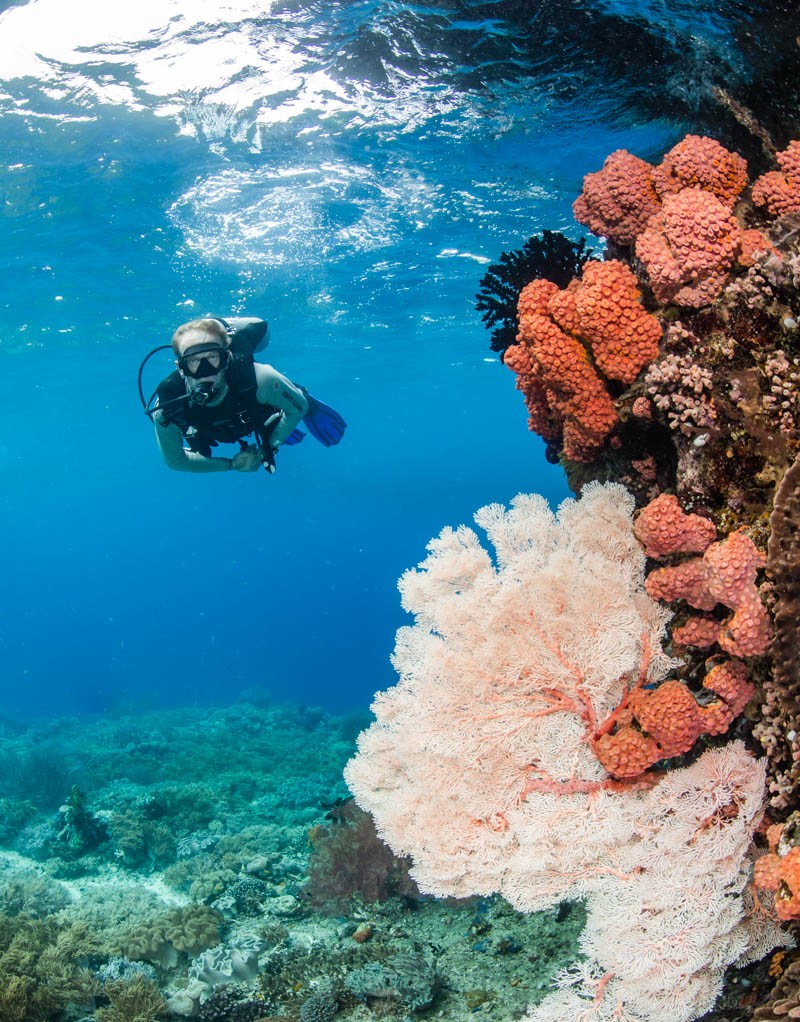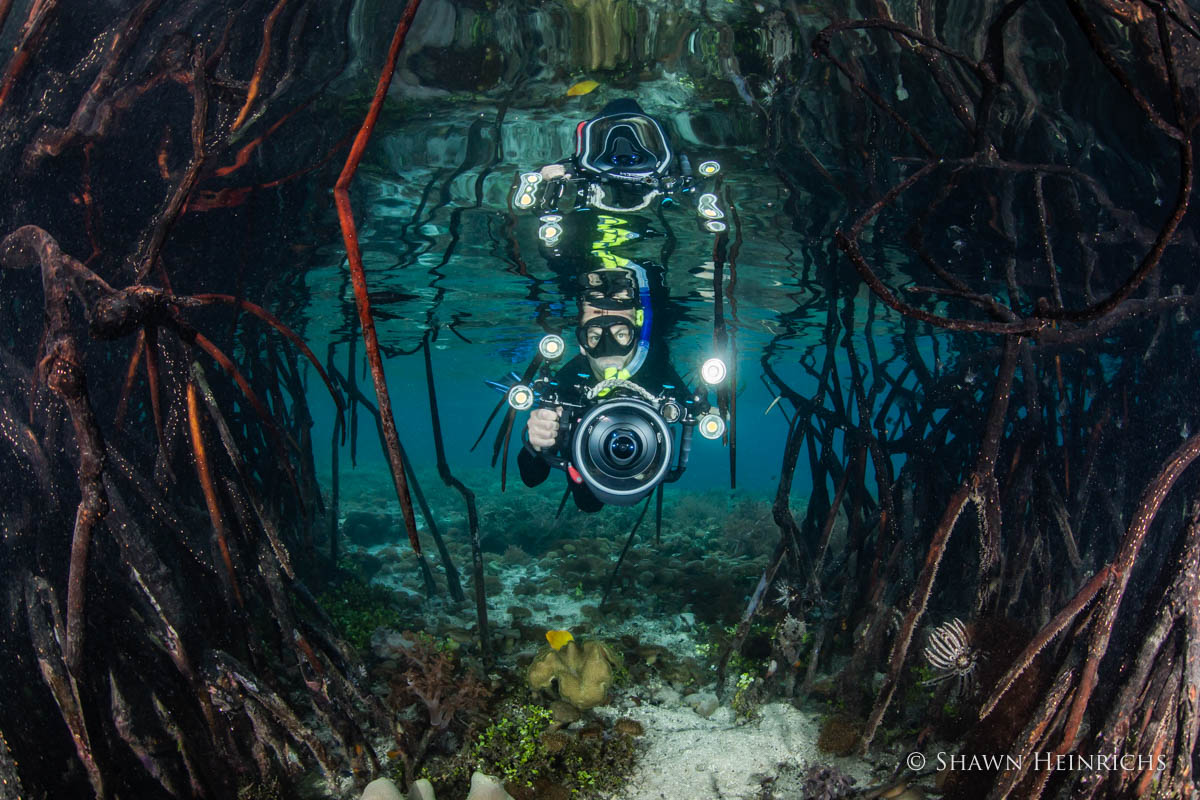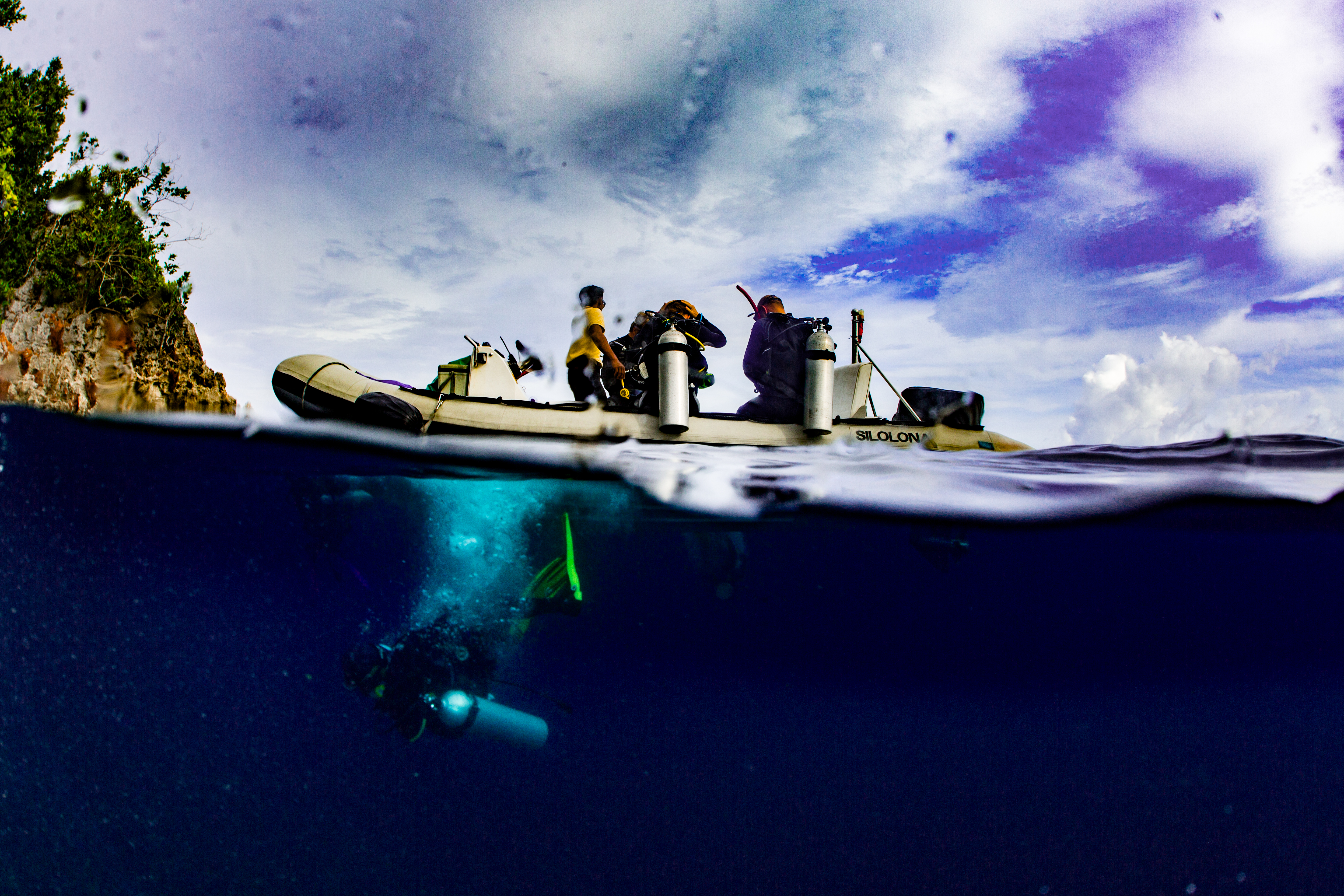Exploring Komodo’s Underwater Caves: A Dive into the Unknown
Beyond the Dragons: Discover Komodo’s Untouched Subaquatic Sanctuaries
Komodo Island’s rugged cliffs and famous reptilian inhabitants have captured global imagination—but the true magic lies beneath the surface. Few realize that below these turquoise waters are labyrinths carved by millennia: underwater caves filled with drama, silence, and life. Exploring underwater caves in Komodo Island invites you to leave the known behind and slip into a world where nature hides its most intimate wonders.
For discerning travelers and experienced divers, this isn't a typical excursion. It's an emotional, meditative, and utterly exhilarating descent into spaces sculpted by time—where light, shadow, and marine life conspire to make each dive unforgettable.
What Sets Komodo’s Underwater Caves Apart from Other Dive Destinations
Indonesia is the beating heart of the Coral Triangle, home to 76% of the world’s coral species and over 3,000 marine fish species. But it’s not just the biodiversity that makes Komodo’s underwater caves special—it’s the geological storytelling etched into every crevice.
These caves are often hidden behind coral walls or tucked under reef slopes, accessible only to those who know where (and how) to look. They combine visual beauty with ecological significance and are shaped by thousands of years of erosion, seismic activity, and coral growth.
What makes the experience so unique?
Living architecture: Natural formations like stalactites, cathedral domes, and chimney-like swim-throughs create a surreal diving environment.
Biodiversity hot spots: These caves act as refuges for species sensitive to sunlight and predators—home to pygmy seahorses, blind shrimp, and reef-dwelling sharks.
Spiritual solitude: There’s something profoundly grounding about being in a space untouched by modernity—just you, the sea, and the silence.
A peer-reviewed study published in Marine Biodiversity Records explains that marine caves in reef systems often harbor endemic and cryptic species rarely observed in open waters (Gerovasileiou & Voultsiadou, 2012). That means each cave dive in Komodo has the potential to reveal something truly one-of-a-kind
Top Komodo Cave Dive Sites: Where the Ocean Keeps Its Secrets
Ready to go deeper—literally? Here are three standout underwater caves in Komodo, each offering its own unique blend of beauty, mystery, and challenge.
1. Batu Sabun Cave: A Canvas of Light and Color
Located near Komodo’s northeast waters, Batu Sabun is a shallow cave ideal for experienced divers seeking a dramatic visual experience. The wide cave mouth sits at 18 meters and leads into a short but stunning tunnel, covered in vivid soft corals. Natural light filters through crevices above, painting the walls in golds and blues. Expect sightings of angelfish, ghost pipefish, and sometimes even cuttlefish.
2. Gili Lawa Laut Cavern System: For the Technically Trained Explorer
This series of caverns is ideal for advanced divers comfortable with overhead environments. Situated near the northern tip of Komodo National Park, it requires precision navigation. Inside, you’ll find sandy floors, walls shimmering with glassfish, and the occasional sleeping whitetip reef shark. A dive light is essential here—not just for safety, but to reveal the incredible detail in the stonework and marine life.
3. Wae Nilu Tunnel: A Photographer’s Paradise
Often overlooked, this tunnel sits under a sloping reef and opens into a chamber rich in macro life. A dream for underwater photographers, Wae Nilu is home to nudibranchs, porcelain crabs, and rare shrimp species. The tunnel's narrow passage and occasional current make this a thrilling but rewarding experience.
As cited in Diving and Hyperbaric Medicine, cave diving poses distinct physiological demands, particularly in remote and unpredictable regions like Komodo. Adequate training, equipment redundancy, and trusted local guides are essential (Pollock et al., 2021)

Who Should Consider Cave Diving in Komodo? Here’s How to Know If You’re Ready
Cave diving is not for the casual snorkeler or beginner diver. The beauty is otherworldly, yes—but it’s matched by complexity and risk. Ask yourself:
Are you certified as an Advanced Open Water Diver or higher?
Do you have experience in overhead or limited-exit environments?
Can you manage your air supply, buoyancy, and composure under pressure?
Do you respect the natural world and understand the importance of conservation?
If the answer is yes, then you're on the threshold of something extraordinary. Diving in Komodo’s underwater caves isn’t just an activity—it’s a rite of passage.
A 2014 study in Tourism Management emphasizes that immersive, nature-rich travel fosters stronger emotional connections and long-term fulfillment (Becken & Job, 2014). So when you dive here, you’re not just seeing Komodo—you’re becoming part of its story

Planning Your Dive Experience: Timing, Safety, and Luxury Logistics
To explore these secret sanctuaries safely and elegantly, preparation is everything. Here’s what you need to know:
Best season: April to November offers calmer seas, stronger visibility, and minimal rainfall.
Mode of access: Many caves are in remote waters. A private luxury yacht or liveaboard is the best (and often only) way to reach them.
Dive partners: Choose dive operators and guides with specialized cave diving experience in Komodo—not just general reef knowledge.
Essential gear: Dual torches, dive computers, spare air systems, and reels should be considered non-negotiable.

Explore Komodo’s Hidden Depths with Silolona Sojourns
If you’re drawn to adventure that blends luxury with discovery, let Silolona Sojourns be your guide. As Indonesia’s premier yacht charter specialist with over 30 years of experience, we curate journeys that go beyond the ordinary—including bespoke cave diving experiences in Komodo’s untouched waters.
From securing dive permits and crafting personalized itineraries to ensuring safety and comfort at every step, our team brings together world-class service and intimate local expertise. Explore the unknown from the deck of a handcrafted phinisi yacht, surrounded by indulgence, guided by those who know these waters like no other
Dare to dive deeper. Your next great story awaits beneath the surface—with Silolona Sojourns.
Sources:
Gerovasileiou, V., & Voultsiadou, E. (2012). Marine cave ecosystems: A review of geographical distribution and biodiversity. Marine Biodiversity Records.
Pollock, N. W., et al. (2021). Hazards of overhead diving environments. Diving and Hyperbaric Medicine.
Becken, S., & Job, H. (2014). Protected areas in an era of global–local change. Tourism Management.




